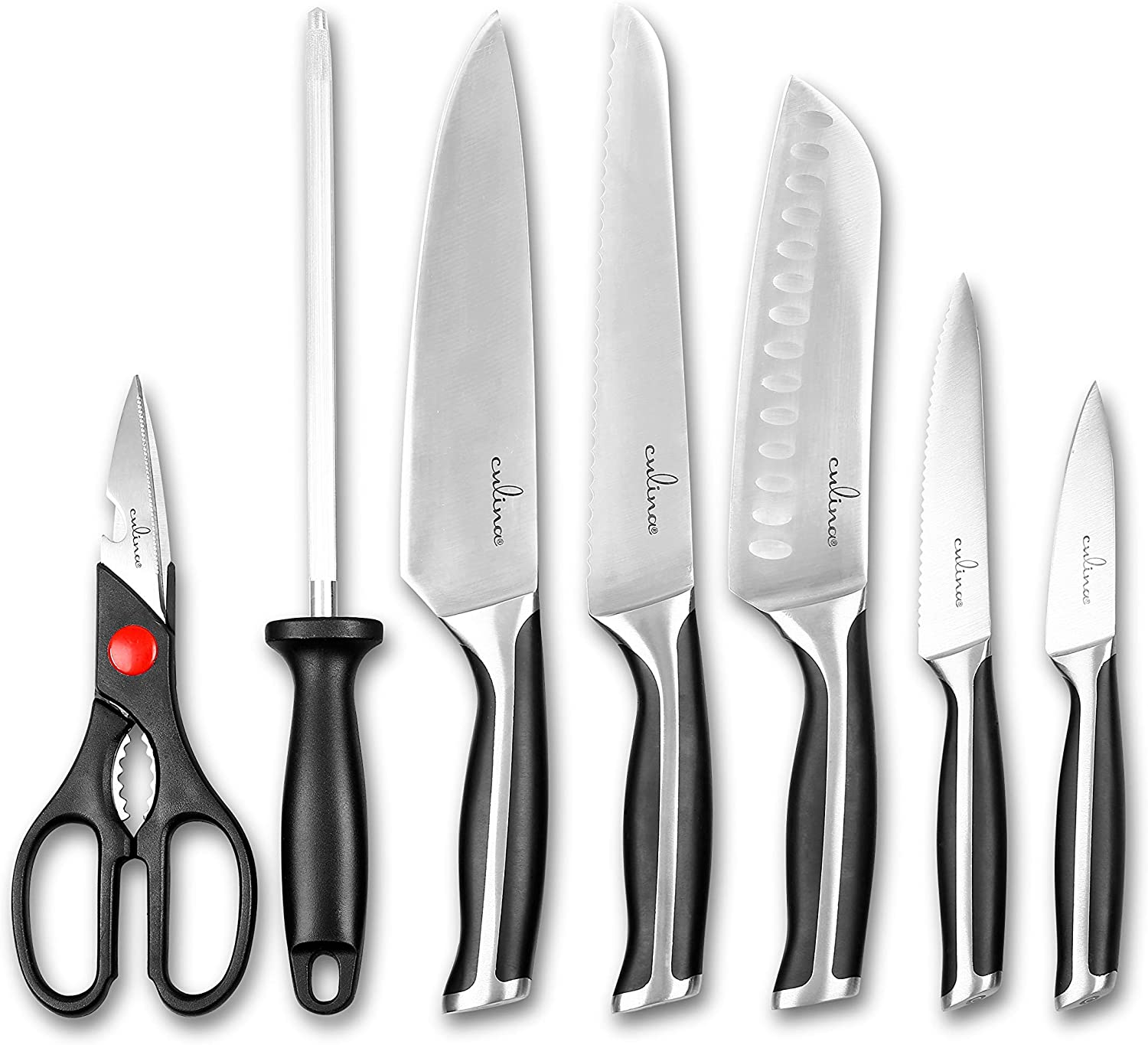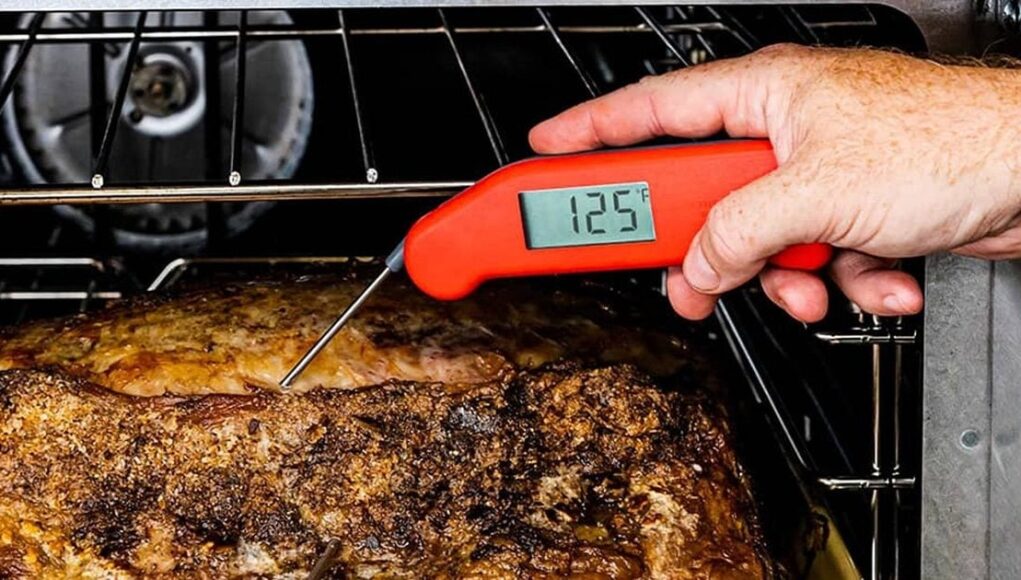Using a meat thermometer is not just for professional chefs. Even home cooks can achieve supremely tender results by mastering this kitchen tool. Whether you are grilling, roasting, or baking, a meat thermometer helps ensure your meat is perfectly cooked and safe to eat.
In this guide, we will discuss the different types of meat thermometers, the correct way to use them, and the importance of achieving the right internal temperature for various meats. Get ready to elevate your cooking game!

Why Use a Meat Thermometer?
Ensuring Food Safety
One of the primary reasons to use a meat thermometer is to make sure your food is cooked to a safe temperature. Undercooked meat can carry harmful bacteria that cause foodborne illnesses. By using a thermometer, you can eliminate this risk and ensure every meal is safe to eat.
Achieving Perfect Doneness
A meat thermometer allows you to cook your meat to the exact level of doneness desired, whether it’s rare, medium, or well done. No more guessing or cutting into the meat to check its color; a quick temperature check gives you an accurate answer.
:max_bytes(150000):strip_icc()/ses-meat-thermometers-test-temp-spike-rkilgore-17-c32b7edc988045f69c7d11bb2d8080d5.jpeg)
Types of Meat Thermometers
Instant-Read Thermometers
These provide a quick reading of the meat’s temperature when inserted into the thickest part. They are perfect for quick, small cuts of meat.
Leave-In Thermometers
These can be left in the meat while it cooks, making them ideal for larger cuts that require longer cooking times. They often have an alarm that goes off when the desired temperature is reached.
Digital Probe Thermometers
These are highly accurate and provide digital readouts. They are perfect for all types of cooking, from grilling to roasting.

How to Use a Meat Thermometer
Step-by-Step Guide
- Insert the thermometer into the thickest part of the meat, avoiding bones and fat.
- Wait for the temperature to stabilize and then read the display.
- For digital probe thermometers, leave the probe in the meat while it cooks and monitor the temperature from outside the oven or grill.
- Once the desired temperature is reached, remove the meat from heat and let it rest before serving.
Ideal Internal Temperatures for Different Meats
Chicken and Poultry
For poultry, the safe internal temperature is 165F (74C). Use your thermometer to ensure the meat is cooked through without being overdone.
Beef and Lamb
For medium-rare beef, aim for 145F (63C). For lamb, 145F (63C) will yield a juicy and tender result.
Pork
Pork should be cooked to an internal temperature of 145F (63C) for a deliciously tender result.
Common Mistakes and How to Avoid Them
Inserting the Thermometer Incorrectly
Always insert the thermometer into the thickest part of the meat, avoiding bones and fat for the most accurate reading.
Not Letting Meat Rest
Allow your meat to rest after cooking. This allows the juices to redistribute, resulting in a more flavorful and tender outcome.
Advanced Tips and Tricks
Oven Placement: Place the meat in the center of the oven for even cooking.
Grill Techniques: Use a two-zone grilling method to control the heat better and avoid overcooking.
Delighted with Perfect Meals
Using a meat thermometer ensures you are delighted with the results every time. With practice, you will not only cook meat that is safe and tasty but also achieve the perfect level of tenderness and juiciness.
FAQ
1. How do I clean my meat thermometer?
Clean the probe with warm, soapy water after each use to avoid cross-contamination.
2. Can I use a meat thermometer for other foods?
Yes, you can use it for baking and checking the temperature of other dishes like casseroles.
3. Are digital meat thermometers better than analog ones?
Digital thermometers provide quicker and more accurate readings, making them a better choice for most cooks.
For more cooking tips, visit Serious Eats. For additional delicious chicken recipes, click here, here, or here.
As an Amazon Associate, I earn from qualifying purchases.









